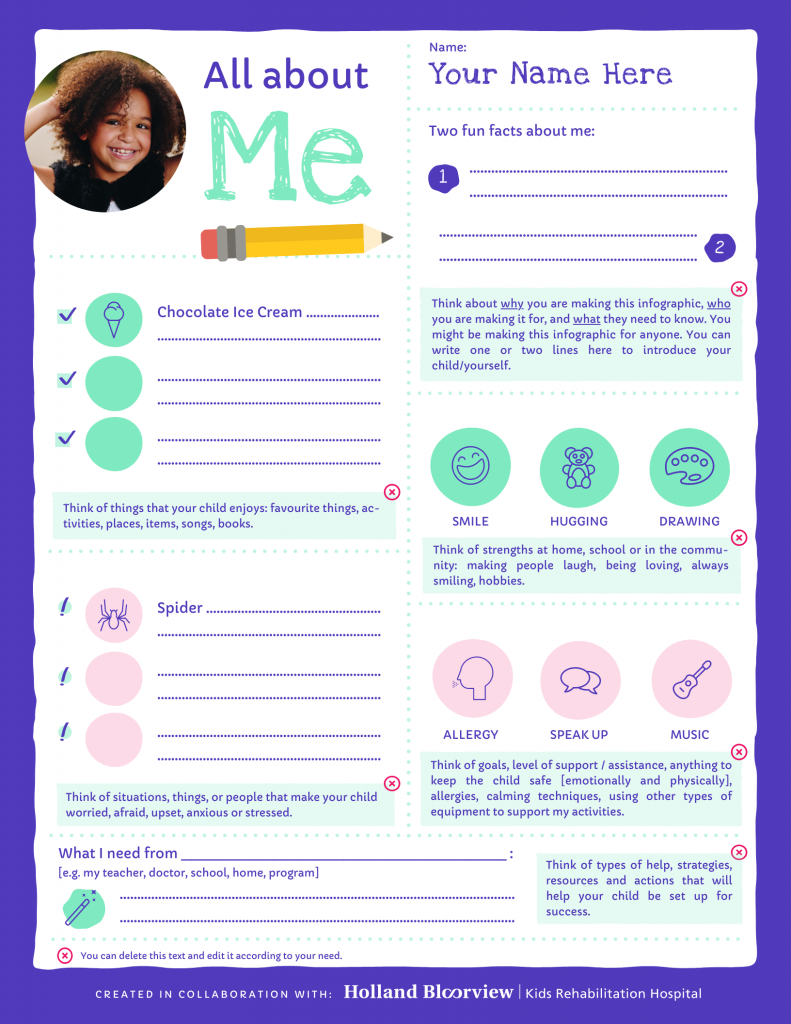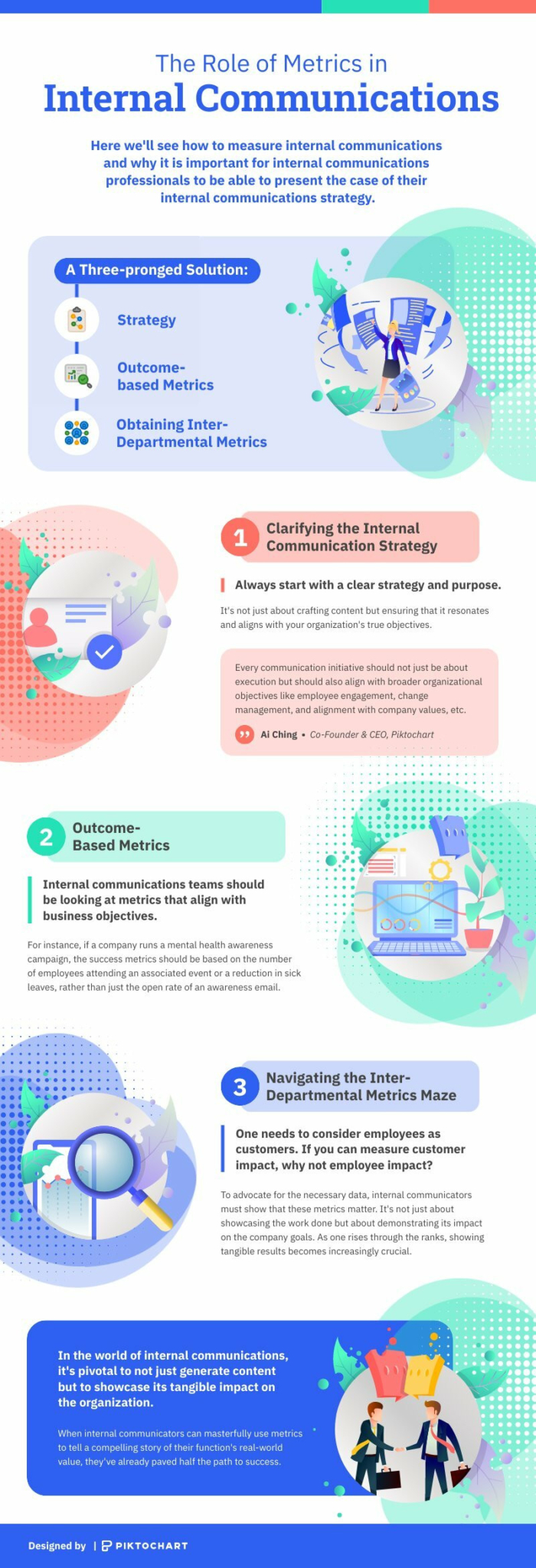Customer Story
How Holland Bloorview Kids Rehabilitation Hospital Uses Piktochart to Improve Health Literacy

Lorraine Thomas
Family Support Specialist & Health Literacy Lead
- Company
- Company Website
- Business TypeHealthcare
- LocationCanada
- Friends with PiktochartSince 2018
Health literacy is becoming a piece of increasingly sought-after information in the wake of the pandemic. Hence, healthcare professionals need to find an effective way of informing the public and helping them to grow in awareness of their healthcare.












